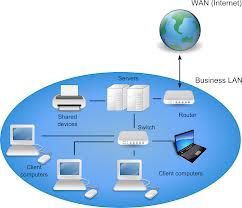synthesis
week 5
The fifth chapter of information literacy was about synthesis. Our lecturer started the lecture with telling us about the definition of synthesis which is according to Keene“organizing the different pieces to create a beautiful mosaic, a meaning, a beauty greater than sum of each shiny piece.” Ellin Keene As I have understood, synthesis is the art of collecting the different pieces of work in one beautiful organized piece. And that will encourage the readers to read this piece and will influence their understanding and reviews or rating of the writing. Also I have learned that in synthesis you have to sort your thinking and put it in the right place. As clay likened synthesis with putting a puzzle, he said” Synthesizing is like putting a puzzle together. You have to sort out your thinking and put it in the right place.” All in all, I have come up with that everybody should have the synthesis skills to improve her/his way of using others thoughts
week 5
The fifth chapter of information literacy was about synthesis. Our lecturer started the lecture with telling us about the definition of synthesis which is according to Keene“organizing the different pieces to create a beautiful mosaic, a meaning, a beauty greater than sum of each shiny piece.” Ellin Keene As I have understood, synthesis is the art of collecting the different pieces of work in one beautiful organized piece. And that will encourage the readers to read this piece and will influence their understanding and reviews or rating of the writing. Also I have learned that in synthesis you have to sort your thinking and put it in the right place. As clay likened synthesis with putting a puzzle, he said” Synthesizing is like putting a puzzle together. You have to sort out your thinking and put it in the right place.” All in all, I have come up with that everybody should have the synthesis skills to improve her/his way of using others thoughts




.jpg)
.jpg)
.jpg)




.jpg)







































